



If a high-pressure cleaning device has outlived its service life, consider donating it to a local charity. Many non-profit organisations often appreciate functional equipment for their maintenance needs. This option not only aids those in need but also contributes to environmental sustainability by reducing waste.
Another avenue is to explore resale options. Websites focused on second-hand goods or auction platforms allow you to reach a wider audience. Ensure the product description highlights its features and any accompanying accessories. A thorough cleaning and minor repairs can significantly enhance its resale value.
If the equipment is beyond repair, disassembling the unit and recycling its parts might be the best course of action. Components such as motors, hoses, and metal frames can often be recycled or repurposed in various DIY projects. This choice helps in reducing landfill impact while giving those parts a new lease on life.
Engaging in local community groups or forums may provide additional insights or opportunities for your unit. You might find individuals or small businesses looking for devices to repair or refurbish. Sharing your experience can lead to mutually beneficial arrangements.
Assessing the Condition of Your Old Pressure Cleaner
After years of loyal service, the first task is to evaluate functionality. Check the motor for any unusual noises or vibrations when powered on. Ensure that water flows without obstruction and that connections are secure.
Visual Inspection
Inspect the exterior for cracks, rust, or significant wear. Look closely at the hoses; any signs of bulging or fraying indicate replacement may be necessary. Examine the nozzle for clogs or damage, as these can significantly impact performance.
Performance Test
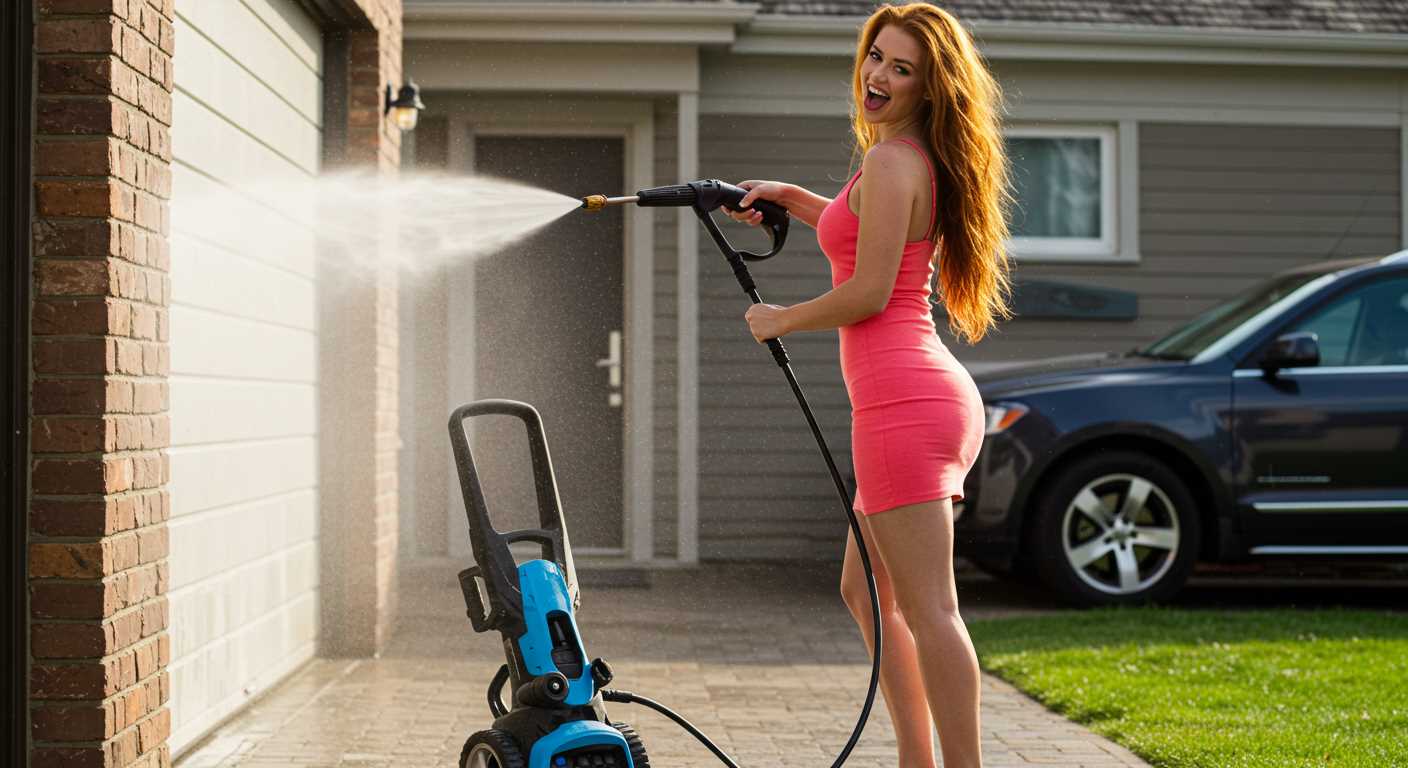
Conduct a test run, paying attention to pressure levels. A noticeable drop in performance may signal internal damage or wear. If feasible, measure the output pressure compared to the manufacturer’s specifications. Take notes on any inconsistencies; these details will aid in future decisions.
Check all accessories, such as surface cleaners or foam cannons. Make sure they function properly and assess whether they are compatible with your equipment.
Based on this analysis, decide if repairing, donating, or recycling makes sense. If remains in working order and suits your needs, consider restoring it to extend its lifespan. Otherwise, assess the sustainable disposal options available.
Repairing Common Issues with Your Pressure Cleaning Unit
Address clogs immediately. Inspect the nozzle for any blockages caused by debris. Clear any obstruction using a thin wire or a nozzle cleaning kit. Regular maintenance prevents long-term damage.
If you notice reduced water flow, check for kinks in the hose. Straighten any bends and verify that all connections are secure. Replace damaged hoses to restore optimal performance.
For starting problems, examine the power source first. If using an electric model, ensure the outlet is functional and the cord is free from damage. For gas units, check fuel levels and quality. Stale fuel can cause starting issues; replace it if necessary.
Leaks may occur at various connections. Tighten fittings or replace worn seals. Pay special attention to the pump; if leaking persists after tightening, consider a seal kit or professional assistance.
Excessive vibrations indicate loose components. Review mounting brackets and housing screws. Tightening these can often resolve stability issues. If vibrations continue, inspect internal parts, such as the motor or pump.
Monitor the motor’s sound. If you hear unusual noises, like grinding or rattling, it may indicate wear. Lubricate moving parts regularly. If the noise persists, disassemble modules to identify worn components.
Always refer to your owner’s manual for specific troubleshooting steps tailored to your equipment. Document any repairs performed for future reference, ensuring that each issue is addressed accurately.
Upcycling Parts for Other DIY Projects
Repurposing components from a disused cleaning device can lead to innovative and practical creations. Start by removing the motor; it can be the heart of various DIY projects, such as building a custom fan or even a small generator for outdoor activities.
The high-pressure hose is another valuable asset. Cut it to desired lengths for creating handy watering solutions in the garden, or use it to connect a spray nozzle for a makeshift irrigation system. If you’re feeling more adventurous, consider using it for a homemade pressure sprayer for outdoor cleaning tasks.
Frames and wheels can be transformed into sturdy carts for carrying tools or supplies. With minimal modifications, they can carry heavier items effortlessly. Consider adding a wooden shelf or storage box on top for a functional work cart.
If the unit has a metal casing, it can be repurposed as a decorative planter. Cut holes for drainage and fill it with soil and plants to create a unique garden feature.
Lastly, don’t disregard valves and nozzles; they can be invaluable in various plumbing tasks or to create custom attachments for other gardening equipment. Salvaging parts not only promotes sustainability but also inspires creativity in tackling new projects.
Safe Disposal Methods for Non-Repairable Units
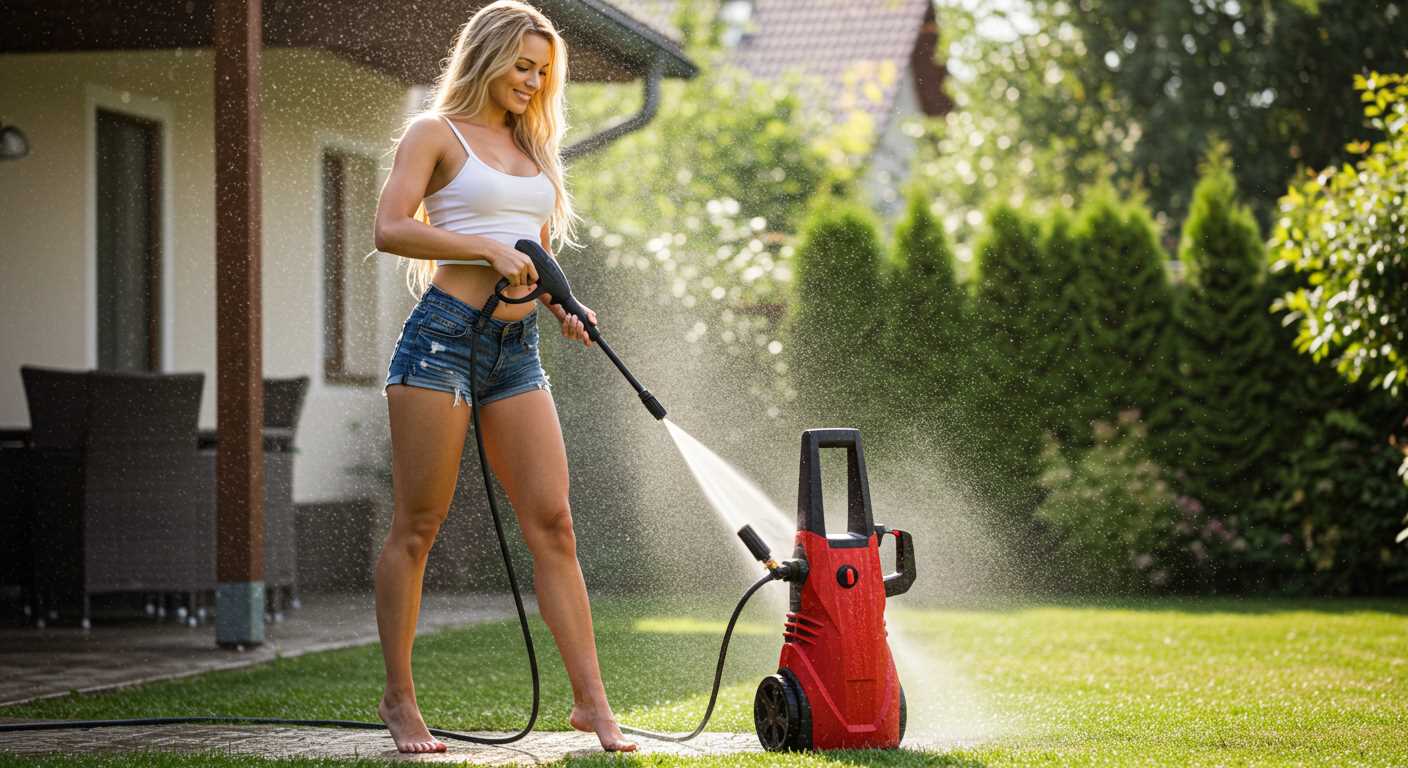
For units that cannot be repaired, consider the following disposal methods:
- Local E-Waste Collection – Many municipalities offer designated collection days for electronic waste. Check local regulations and participate in these events to responsibly dispose of your equipment.
- Scrap Metal Recycling – These machines often contain valuable metals. Take the device to a scrap yard, where they can properly recycle the metal components, which is better for the environment.
- Manufacturer Take-Back Programs – Some manufacturers have take-back initiatives allowing you to return your device directly to them. Research if the brand you owned offers such a service.
- Donation to Community Workshops – If the machine is beyond fixing but still has reusable parts, local non-profits or community centres focused on education and DIY projects might accept it.
- Hazardous Waste Facilities – If your unit contains toxic substances, like lead or batteries, find a hazardous waste disposal site to ensure safe handling of these materials.
Before disposal, ensure any liquids or chemicals are drained and disposed of according to local regulations. Following these guidelines promotes safety and environmental responsibility.
Donating Your Pressure Cleaning Device to Charities
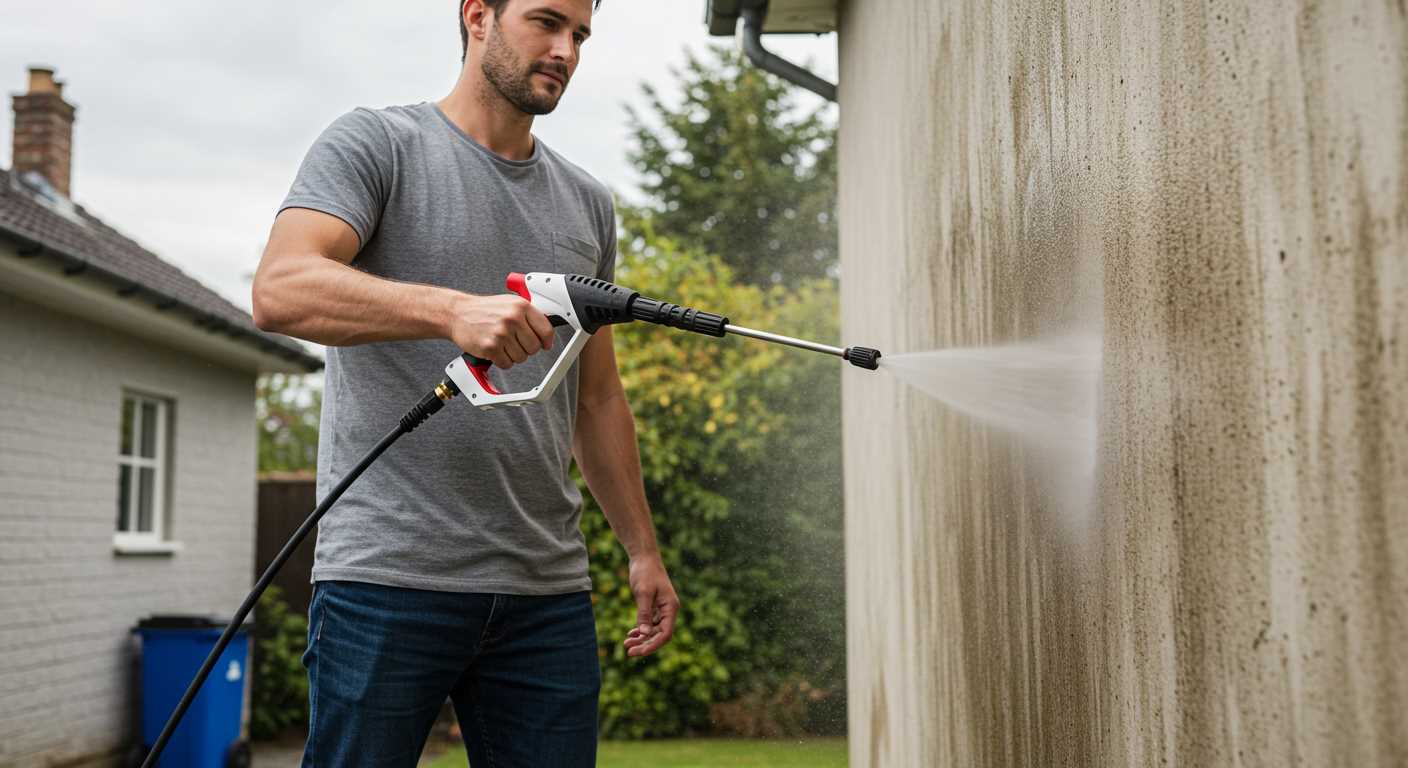
Consider reaching out to local charities or non-profit organisations that accept donated cleaning equipment. Many community centres, shelters, and environmental organisations appreciate such contributions, as they can enhance their maintenance efforts or support community service initiatives.
Selecting the Right Charity

Research organisations that align with your values or those that actively engage in community service. Charities focusing on environmental sustainability or community improvement projects often benefit greatly from functional equipment. Ensure the charity has the capacity to handle and utilise the item effectively.
Preparing Your Equipment for Donation
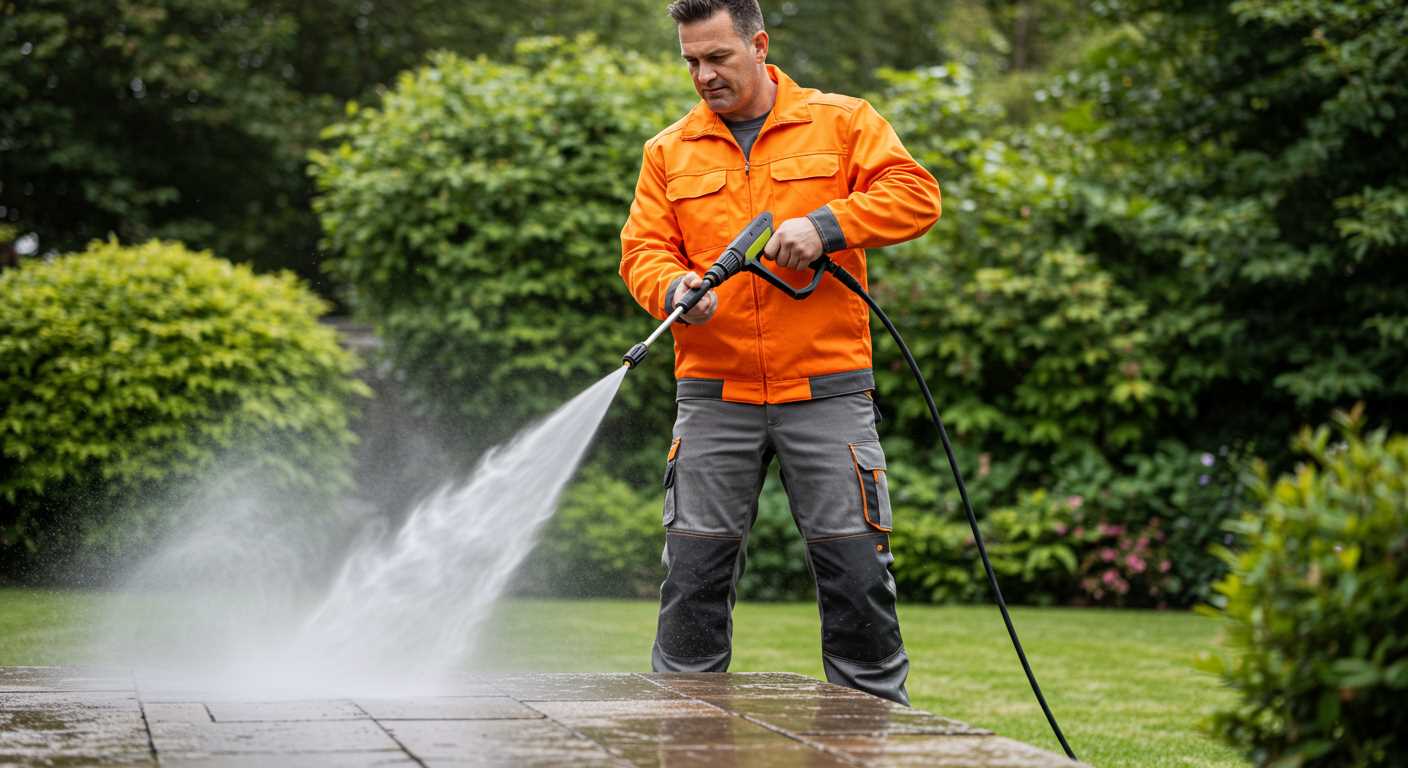
Thoroughly clean and inspect the device before donating. Remove all personal items, check for functional issues, and ensure all components are included. Providing a brief usage guide can be helpful, especially for organisations not familiar with this type of equipment. A well-documented donation maximises its impact and usability for the receiving organisation.
Trading or Selling on Online Marketplaces
Utilising online platforms to trade or sell your cleaning device can be highly effective. Begin by selecting appropriate marketplaces such as eBay, Craigslist, or Facebook Marketplace. These sites grant visibility to a wide audience, enhancing the likelihood of a successful transaction.
Before listing, it’s vital to prepare a comprehensive description. Highlight key features, specifications, and the maintenance it has undergone. High-quality photographs from multiple angles are also crucial; they can significantly impact prospective buyer interest.
| Platform | Pros | Cons |
|---|---|---|
| eBay | Global reach, auction format for potential bidding wars | Listing fees, shipping logistics |
| Craigslist | Free listings, local transactions | Safety concerns, lower audience reach |
| Facebook Marketplace | User-friendly, social verification of buyers | Limited to Facebook users, potential for haggling |
Consider competitive pricing by researching similar listings. If you’ve undertaken any repairs or clean-ups, mention these to add value. Respond promptly to queries, as timing can make the difference in sealing a deal.
Once a buyer is secured, arrange for a safe, convenient meeting place if in-person, or ensure secure packaging for shipped items. Handling transactions through secure payment methods is wise to minimise risk.
Understanding Recycling Options for Pressure Washers
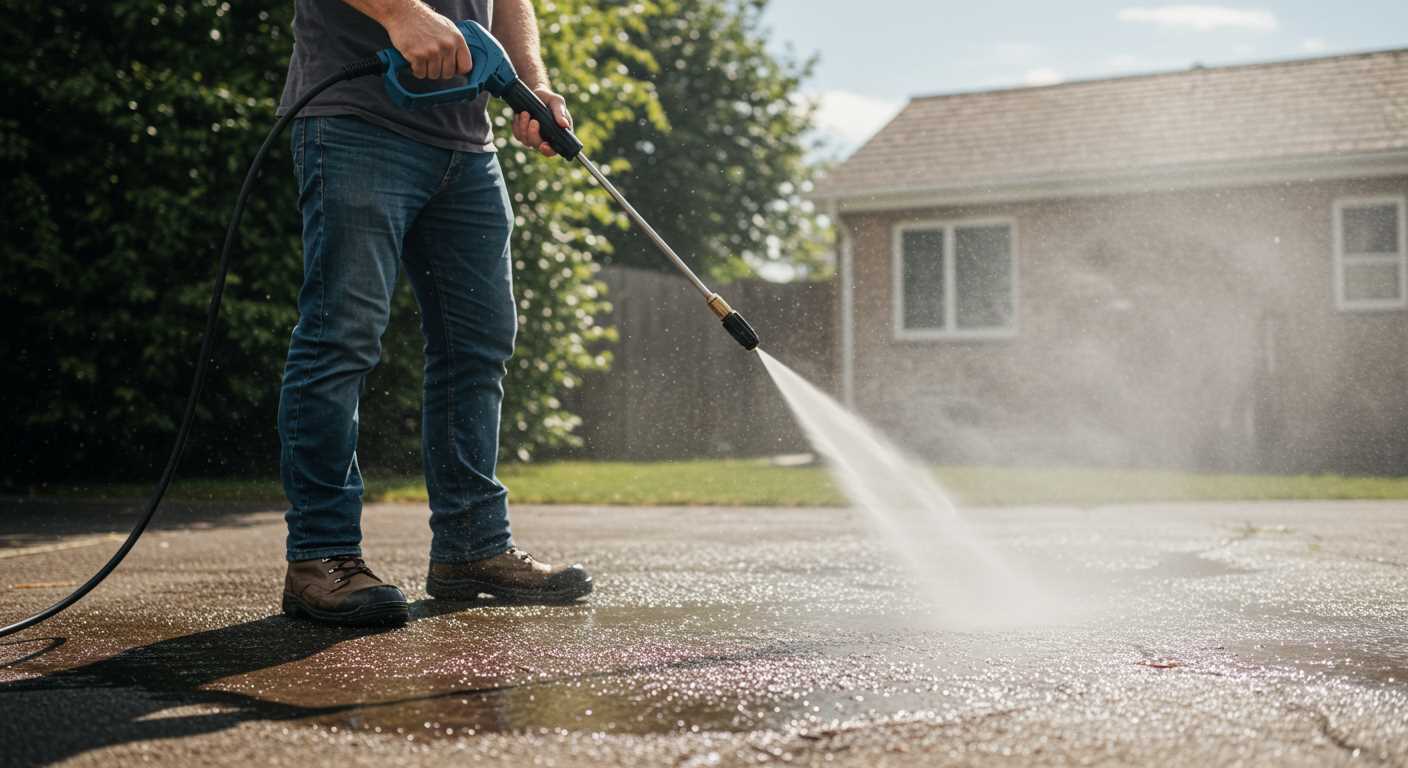
Consider specific recycling facilities that accept electric appliances. These sites often have the capabilities to handle components efficiently. It’s advisable to contact them beforehand to verify acceptable items. Many local municipalities provide designated drop-off locations for electrical waste, ensuring proper disposal and minimising environmental impact.
Look for programmes aimed at the recycling of motors and electronic components. Participating in these initiatives contributes to resource recovery, allowing valuable materials to be reused. Depending on regional regulations, some private companies also recycle metals, plastics, or circuit boards from discarded cleaning devices.
Check for community swap events or specialised recycling days in your area. Local environmental groups may organise these, promoting sustainability and making it easier to dispose of unwanted machinery appropriately.
If feasible, dismantle usable parts like hoses or connectors for recycling. Many scrap metal yards will accept metal pieces, which can mitigate waste. Confirm whether they offer a small payment for recyclable materials, turning an unused appliance into a slight financial gain.
Stay informed about local regulations that pertain to hazardous waste. Components such as oil and batteries must be disposed of in accordance with legal standards. Enquire about specialised disposal methods for these items to prevent environmental contamination.







